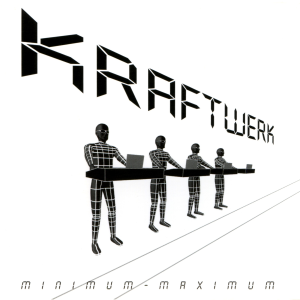I use PCLinuxOS as my primary Linux OS. They are a bit conservative to adapt new updates until they are sure of stability because of rolling nature. KDE is still at 5 there. Heard about Neon and wanted to try KDE 6. I find that they have adopted Windows style approach to updates where we need to reboot to apply the updates and we cannot do anything on the system while the updates are processing. Recently managed to install Fedora because I heard that their EFI is secured or something and can survive clobbering by Windows updates in a dual boot setup. But they also seem to have gone with offline updates.
Are offline updates necessary due to them using SystemD or is the Linux world in general moving in this direction?
It’s not systemd’s fault, though systemd most often implements offline updates. The arguments for and against offline updates have nothing to do with systemd.
A lot of Linux distros, and graphical package managers like Discover and GNOME Software, are moving in that direction, under the argument that updating while online can cause disruptions to running software, in the worst case including the package manager itself (which can brick the system if it occurs in the middle of a critical update), and updates can’t be applied until the affected program (or the system, in case of critical components like the kernel) restarts anyway. Fedora Magazine explains the reasoning here: https://fedoramagazine.org/offline-updates-and-fedora-35/
In my personal experience though, I have never had an issue enabling automatic online updates on Debian Stable, and have had computers stay online for several months without any noticeable issues beyond Firefox restarting, so the risk is there but it’s pretty minor.
And also with the atomic/immutable distros, the switch is practically instant, so it’s not even like it forces you to watch a spinning circle for 20 minutes when you turn off your computer. You reboot and the apps all start clean with the right library versions.
It’s rare but I’ve seen software trash itself because the newly spawned process talks a different protocol and it can lead to either crashes or off behavior that leads to a crash eventually. Or it tries to read a file mid update. Kernel updates can make it so when you plug in a USB stick, nothing happens because the driver’s gone. Firefox as you mentionned. Chromium will tolerate it mostly but it can get very weird over time.
The risk is non-zero, so when you target end users that don’t want to have to troubleshoot, it’s safer to just do offline updates. Especially with Flatpaks now, you get those updated online and really it’s only system components you don’t care to delay updates taking effect
If you’re new to Linux and everyone told you you can just update and no reboot, and you run into weird Firefox glitches, it just looks bad.
In my case it is just for the present session. At least let me play Solitaire while the updates are running. And I always shutdown at the end of my day or end of updates hence uptime is not an issue for me.
If you’re on KDE using Discover for updates, the default on a lot of distros is to apply updates on reboot, but you can change this under the Software Update section of the System Settings app. I think it’s not a bad idea; I’d rather have a bit of controlled downtime than risk borking my system.
It does sound like a good idea.
Mid-update you can end up with broken dependencies and thus not fully working system. There may also be a problem with how programs update their config files.
This is especially true with big updates which is why Arch and Manjaro recommended to update from plain TTY during the Plasma 6 upgrade. Reboot, do not login, switch to TTY, stop the graphical login manager, just then proceed with upgrade.
A bit too much to ask for from regular users. Especially since it relies on them reading update announcements before each update.Personally, I always close most stuff during updates. I even had terminal emulator itself die during update on Linux Mint.
I always just use tmux with updates and really everything I do in linux
In NixOS you specify whether the update is
switchorboot
Does XFCE also need reboots to work? I might even switch to a window manager if that happens
Xfce doesn’t handle packages. All it does is desktop stuff.
Thanks, I realised this is distro-specific
deleted by creator




